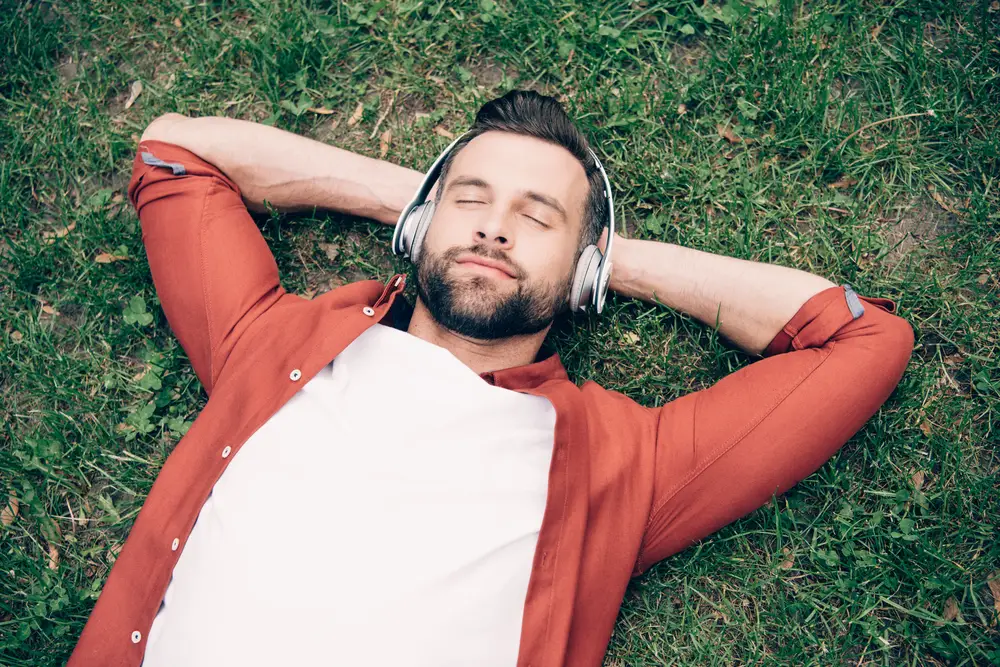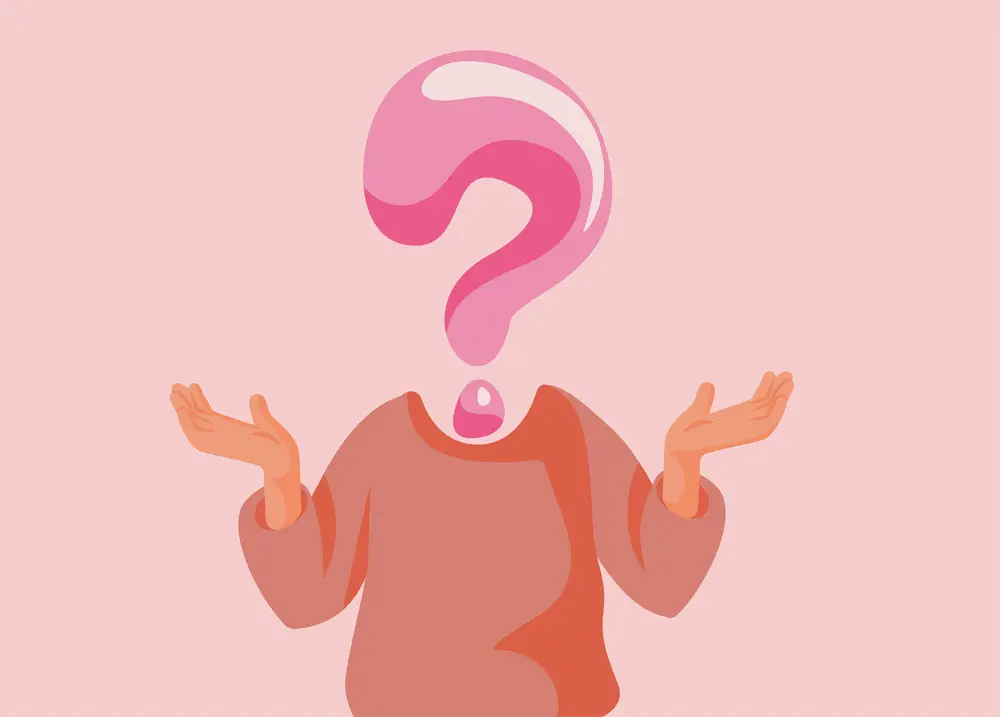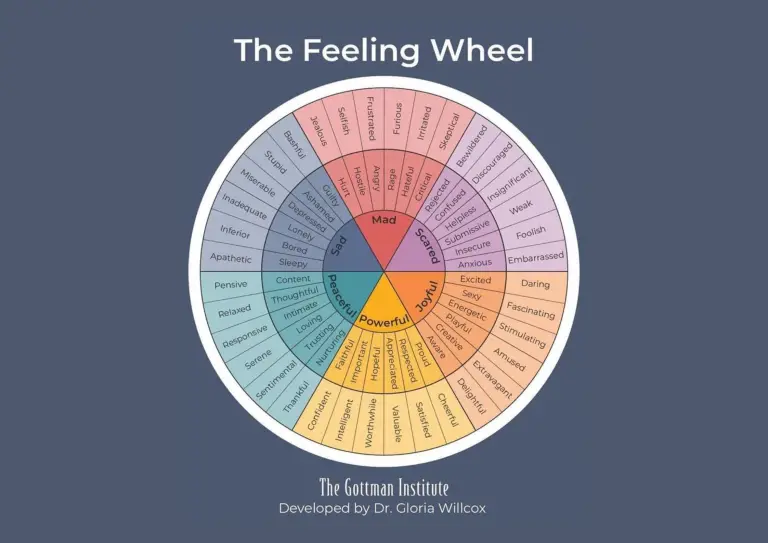How to Calm Down an Anxiety Attack: Techniques for Instant Relief
How to Calm Down an Anxiety Attack: Techniques for Instant Relief

I know firsthand how overwhelming and frightening anxiety attacks can be. It’s a rough experience that can leave you feeling ultimately defeated. I want you to know that you’re not alone in this!
In this post, I’ll cover some practical steps to calm anxiety. Whether you’re dealing with occasional anxiety or frequent panic attacks, these tips can be absolute lifesavers. Let’s explore how to find your calm when anxiety strikes.
Understanding Anxiety Attacks
Anxiety attacks can feel scary and overwhelming. We’ve all been there – our heart races, we can’t catch our breath, and we feel like we’re losing control.
These attacks are intense periods of fear or panic that come on suddenly. They usually peak within 10 minutes and then start to fade.
Common symptoms include:
- Rapid heartbeat
- Sweating
- Trembling
- Shortness of breath
- Chest pain
- Nausea
- Dizziness
- Feeling detached from reality
It’s important to know that anxiety attacks aren’t dangerous, even though they feel awful. Our body is just having a false alarm reaction.
We can think of anxiety as our brain’s smoke detector. Sometimes, it goes off even when there’s no actual fire. The alarm feels real, but the danger isn’t.
Knowing this can help us stay calm when an attack hits. We can remind ourselves that it will pass soon and that we’re not in danger.
With practice, we can learn to manage anxiety attacks better. Many techniques can help us feel more in control.
Grounding Techniques to Calm an Anxiety Attack
When anxiety strikes, grounding techniques can help us return to the present moment. These simple but powerful methods engage our senses, thoughts, and bodies to ease panic and worry.
Sensory-Based Techniques

Our senses offer quick ways to refocus during anxious times. Try the 5-4-3-2-1 technique: Name five things you see, four you can touch, three you hear, two you smell, and one you taste. This directs attention outward.
Hold an ice cube and focus on the cold sensation. The physical sensation can help you overcome anxious thoughts (this is one of my personal faves).
Smell a strong scent like peppermint or lavender. Keep a small bottle of essential oil handy for quick relief.
Listen closely to music, noticing different instruments. Pick a song you know well and try to hear new details.
Breathing and Relaxation Techniques

Slow, deep breaths calm our nervous system. Try box breathing: inhale for 4 counts, hold for 4, exhale for 4, hold for 4, and repeat this cycle a few times.
Progressive muscle relaxation helps release tension. Start at your toes, tighten each muscle group for 5 seconds, then relax. Work your way up to your head.
Visualize a calm place in detail. Picture a beach, forest, or cozy room. Use all your senses to make it vivid.
Cognitive Grounding Techniques

Mental exercises can interrupt anxious thoughts. For example, count backward from 100 by 7s. This requires focus and distracts from worry.
Name items in categories: list types of fruits, car brands, or countries. Challenge yourself to think of as many as you can.
Recite a poem, song lyrics, or favorite quote. The familiar words can be comforting and grounding.
Do a simple math problem in your head. Even basic addition can help shift your focus.
Physical Movement Techniques

Getting your body moving can ease anxiety’s physical symptoms. Take a short walk, even just around the room. Pay attention to each step.
Do gentle stretches. Reach your arms up, touch your toes, or roll your shoulders. Notice how your muscles feel.
Push against a wall. The pressure can be calming and remind you of your physical presence.
Squeeze a stress ball or play with a fidget toy. The repetitive motion can be soothing.
Mindfulness-Based Techniques

Mindfulness brings us to the present moment. Focus on your breath moving in and out. Notice the rise and fall of your chest. If you are anything like me and can’t focus on your breath, try focusing on something else that feels safe.
Do a brief body scan. Start at your toes and move up, noticing sensations without judgment.
Practice grounding yourself by feeling your feet on the floor. Imagine roots growing down, connecting you to the earth.
Name things you’re grateful for. Even small things like a warm cup of tea can shift your perspective.
Tips for Long-Term Anxiety Management
Managing anxiety long-term takes practice and patience. Healing is a journey!
Here are some tips for long-term anxiety management:
Regular exercise can work wonders. Even a short daily walk can boost our mood and reduce stress. We should aim for 30 minutes of activity most days.
Getting enough sleep is vital for our overall health. A lack of sleep creates many problems, both mentally and physically. I’d recommend making a relaxing bedtime routine and following a consistent sleep schedule.
Eating well matters, too. A balanced diet with plenty of fruits, veggies, and whole grains can help stabilize our mood.
We can try relaxation techniques like:
- Deep breathing
- Meditation
- Progressive muscle relaxation
- Yoga
Grounding exercises like the 5-4-3-2-1 technique can help us stay present when anxiety strikes.
Limiting caffeine and alcohol is wise. Both can make anxiety worse over time.
We shouldn’t forget about the power of connection! Spending time with supportive friends and family can ease our worries.
Lastly, talking to a therapist can give you valuable tools to manage anxiety long-term. They can teach you coping strategies tailored to your needs.
When to Seek Professional Help
Sometimes, anxiety attacks can be too much to handle on our own. It’s important to know when to reach out for expert help.
We should consider getting professional support if our anxiety attacks:
- Happen often or are very intense
- Make it hard to do daily tasks
- Causes us to avoid people or places
- Doesn’t get better with self-help methods
If we notice our eating habits changing because of anxiety, that’s another sign we may need help. We may stress eat or avoid eating altogether.
We shouldn’t wait until things get bad. If anxiety is making life harder, it’s okay to ask for help sooner rather than later.
Seeking help is a sign of strength, not weakness. With the proper support, we can learn to manage anxiety attacks better and improve our quality of life.
Final Thoughts
Calming an anxiety attack can feel overwhelming, but remember, we have the power to manage our symptoms. With practice, these techniques become more natural and effective.
I encourage you to try different methods to find what works best for you. Some days, deep breathing exercises do the trick. Other times, you might ground yourself with sensory activities.
It’s important to be patient with yourself. Learning to calm anxiety takes time and effort. Don’t be discouraged if a technique doesn’t work right away (or at all) – healing is not linear, and what works for one may not work for another.
I suggest keeping a journal to track which methods help most. This can be a valuable tool in understanding your anxiety patterns.
Remember, seeking professional help is always an option. A therapist can provide personalized strategies and support.
Take care of your overall health. Good sleep, regular exercise, and a balanced diet can help you manage anxiety.
By building a toolkit of coping strategies, you can face anxiety attacks with more confidence. You’ve got this!

Frequently asked Questions
What are some effective strategies for managing anxiety attacks at night?
Night anxiety can be rough.
Try deep breathing exercises to calm your body. Keep a journal by your bed to write down worries. Use relaxation techniques like progressive muscle relaxation.
Create a calm bedtime routine. This might include gentle stretching or reading a book. Avoid screens before bed as they can increase anxiety.
What techniques can I use to distract myself when I’m experiencing a panic attack?
Distraction can help break the cycle of panic. Count backwards from 100 by 7s. This engages your mind, and shifts focus. Name objects you see around you.
Try the 5-4-3-2-1 technique. Identify 5 things you see, 4 things you can touch, 3 things you hear, 2 things you smell, and 1 thing you taste. This grounds you in the present moment.
How can I tell the difference between a panic attack and an anxiety attack?
Panic attacks often come on suddenly and intensely. They can include physical symptoms like chest pain or shortness of breath. Anxiety attacks usually build more gradually.
Panic attacks typically peak within 10 minutes. Anxiety attacks can last longer. Both can be scary, but panic attacks tend to be more intense.
What are some ways to prevent panic attacks from happening?
Avoiding panic attacks altogether is easier said than done. Still, there are some strategies you can employ to decrease the risk long-term!
Regular exercise can help reduce overall anxiety. To build your ability to stay calm, practice relaxation techniques daily, not just during an attack.
Identify and work on your anxiety triggers. Keep a consistent sleep schedule. Limit caffeine and alcohol, as they can worsen anxiety.
Don’t be afraid to reach out for help, either. Trauma-informed therapists can help you work through past and current traumas that may be contributing to your anxiety.
What are some immediate actions to take when facing symptoms of an anxiety attack?
Focus on your breathing. Try slow diaphragmatic breathing. Inhale for 4 counts, hold for 4, then exhale for 4.
Use positive self-talk. Remind yourself that you’re safe, and the feeling will pass. If possible, find a quiet place to reduce stimulation.
Feelings only last 90 seconds if we lean into them instead of fighting them. When we fight our feelings, they get noisy.
How can someone who is alone cope with a panic attack effectively?
Remember that panic attacks are not dangerous. The feeling will pass, and there is no immediate danger. Use a calming app or guided meditation to help you through if needed.
Call a friend or family member for support. Even if they can’t be there, talking can help. Practice self-soothing techniques like hugging yourself or using a weighted blanket.
About the Author
Taylor O’Horo, Psychology Major.

Hello friends! I’m Taylor O’Horo, marketing coordinator and biofeedback technician. I’m a mom to three kiddos, wife of a first responder, and a veteran spouse. I earned my bachelor’s degree in psychology from Arizona State University and plan to pursue a master’s in counseling. Everyone has a story, and mine is no different. Overcoming the adversities I’ve faced has taught me about resilience and how to support others. I believe that all humans have the capacity to heal! You are worth it!







